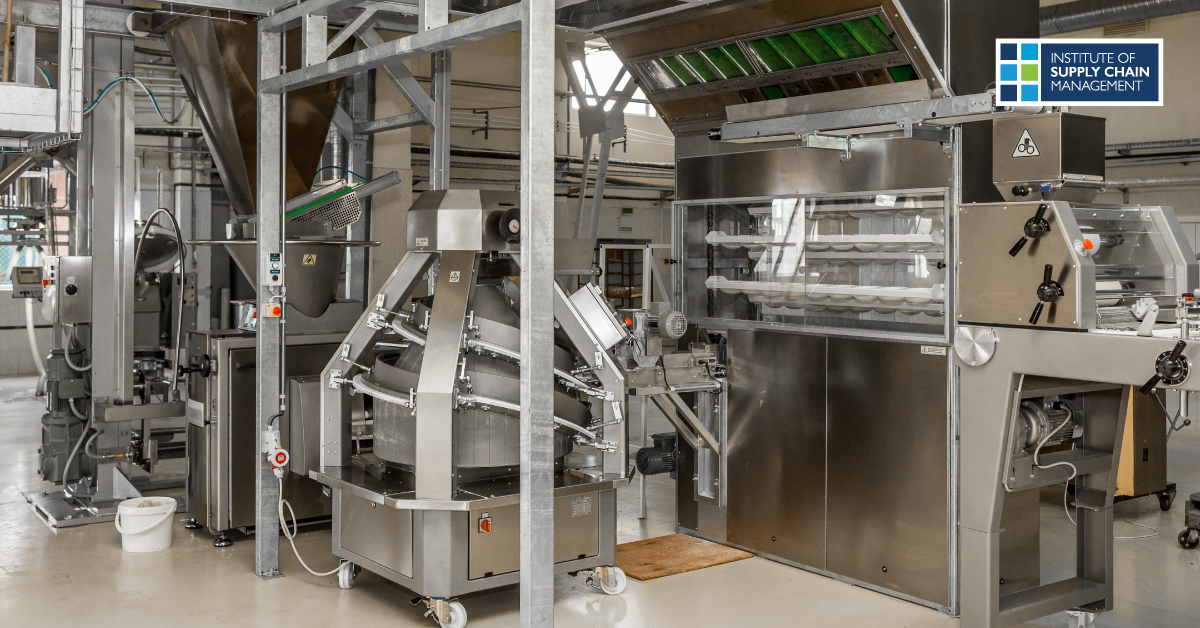What is a Powder Coating Oven? How Do they work? And, What exactly do you use them for?
The most popular method of protecting a metal object from rusting is applying wet paint on the metal object. However, there can be disadvantages in using this method. The problem with wet paint is that sometimes the coating can be uneven. It also tends to drip more, and cleaning it off the floor can be quite troublesome!
In recent years the popularity of powder coating has been on the rise as this method provides an even surface coating and gives the metal object a better-finished look.
Let’s take a look at how Powder Coating Ovens work.
Materials Used And Needed
To understand how a powder oven works, you must understand why there is a need for it in the first place. You need to know what materials are used, as well as the preparation and process of making a powder coating.
The material used for the coating is plastic. The type of plastic is either thermoset plastic or thermoplastic. The thermosetting plastic is formulated with polymers such as epoxy or acrylic. Then, it is granulated until it turns into powder form.
Preparation And Coating
During the preparation, the metal has to go through a cleaning process. This is to remove any foreign substances that will hinder the success of the coating process. A chemical is used to remove oil, lubricant or grease on the metal. Another method is blasting, which utilises a blasting medium to remove metal edges and serve as a finishing touch. Instead of subjecting the metal object to a grinding machine to remove edges or to polish, blasting is a more efficient and faster method.
The coating process sprays the powder onto the surface of the metal object., although it is not just literally spraying. If you just spray powder on any surface, common sense tells us that the powder will spread all over the room and eventually settle on the floor, instead of covering the object you require.
Think back to your school days; small plastic particles stick to clothes or other surfaces. This is because plastic material has electrostatic properties. In natural science, there are the positive and negative electrical charges that are somewhat analogous to the north and south poles of magnets.
If different poles come near each other, they will attract each other and stick together. So, using this principle and the knowledge that plastic has electrostatic properties, the spray gun must have a mechanism to produce an electric charge. As a result, when the powder comes out of the nozzle of the spray gun, it becomes negatively charged.
In other words, the powder will stick to the metal surface and will not fly off. There are different methods aside from using a spray gun for applying the powder, but the basic principle of taking advantage of the electrostatic property of plastic is always used. It is worth noting that it is better to preheat the metal before applying the powder coating, as this will result in a better final finished surface and enables you to control the thickness of the coating.
Curing
The final part of the process is known as curing. The surface of the metal, or the substrate, is already coated, and the coating is in a powdered form, which means it is ready for the finishing touches. Curing is designed to make a powder adhere to the metal so firmly that it will last for years. It also turns the powder into a smooth substance that looks like it has been painted on. In layman’s terms; it is plastic that is wrapped around the metal.
The curing process entails applying heat to the coating at a specific temperature so that it will achieve the final objective of the powder coating method. This is why a specialist oven is needed, such as the ones produced by Industrial Powder Coating Oven Manufacturer – PQ Ovens. The coating should not be subject to direct heating, meaning that heating elements should not touch the powder coating, as that would simply burn it.
The items being processed need to be placed inside an oven, which contains heating coils. The heating coil will direct infrared heat to the whole coated object, a process known as convection heating. Convection heating lets the heat travel to the substance without direct contact so that the heating coils do not touch the coated object. In simple terms, it is just like a person inside a sauna room!
The oven is set to the required temperature, and there should be a timer to control the time of curing. With the correct amount of time and temperature, the powder coating will form a solid film of plastic wrap around the metal.
In Conclusion, Powder coating ovens are used for curing powder coating finishes on products. The operation of a powder coating oven is a specialised process that has broad applications for objects used in everyday life.
As their popularity has increased, the ovens are being utilised by an ever-growing list of industries who require a durable powder coat finish for their products. Manufacturers such as automobile or electronics firms are all benefitting from introducing powder coating into their production process.

